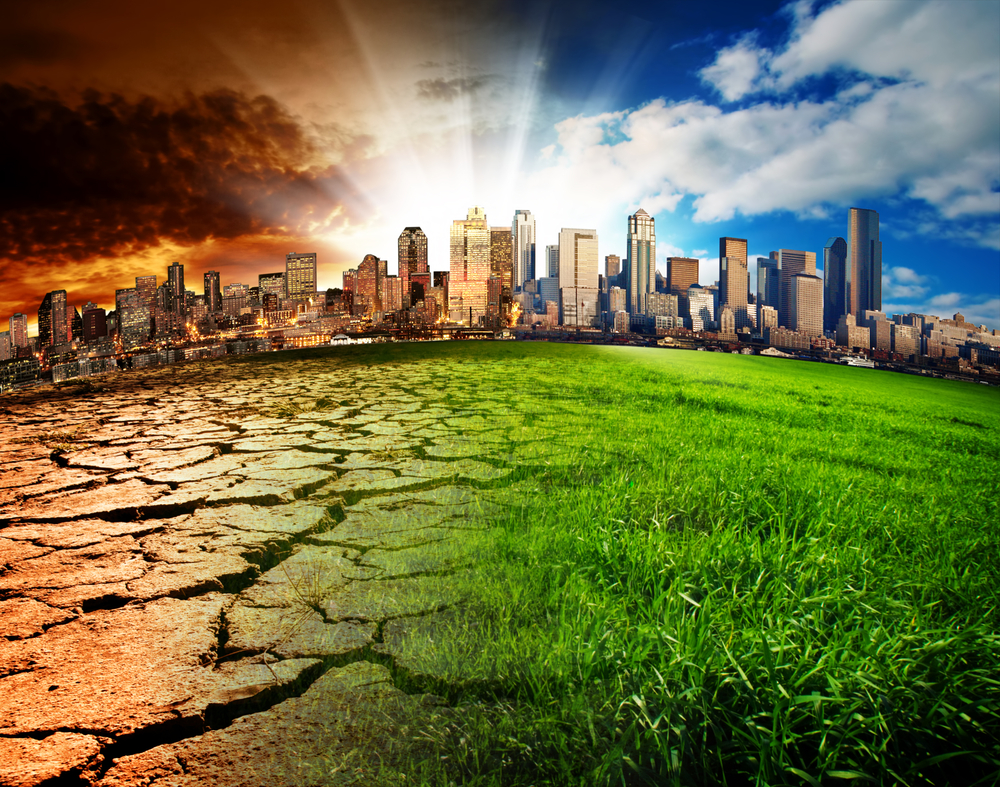Though people in Texas are feeling the heat, the exact opposite is happening in Northern California: Over the last five days, a blizzard dumped more than 100 inches of snow in some areas of the Sierra Nevada, Axios reported.
Too Much Snow, and Not Enough: This torrent of snow was literally enough to shut down ski resorts. This may seem ironic given the recent uptick in news coverage about ski resorts struggling to get enough snow as temperatures rise, including this piece by my colleague Kristoffer Tigue that discusses the impact of warm winters on snow recreation in the upper Midwest.
But it just goes to show how extreme weather is affecting different regions in a variety of ways throughout the year (to be clear, scientists have not linked climate change to the Sierra Nevada’s “monster blizzard,” as the LA Times calls it, but California has seen its fair share of climate-fueled weather events in the past few years). And skiing isn’t the only tourism sector being affected by climate change.
For example, traveling to cold destinations to beat the heat—dubbed “coolcationing”—is gaining popularity as heat waves become increasingly common due to climate change, Axios covered. Condé Nast even named coolcationing as one of its “Biggest Travel Trends” to expect in 2024. In a separate climate-related travel trend, tourists are flocking to the Mer de Glace glacier in Chamonix, France, before it melts, illustrating a rise in “last-chance tourism,” writes Paige McClanahan for the New York Times.

Kiley Price
Fellow
Kiley Price is a science journalist who focuses on biodiversity, fisheries, ocean health and climate change. She earned her master’s degree at New York University’s Science, Health and Environmental Reporting Program. Previously, her work has appeared in National Geographic, Time, Mongabay, Yale Environment 360 and more.
